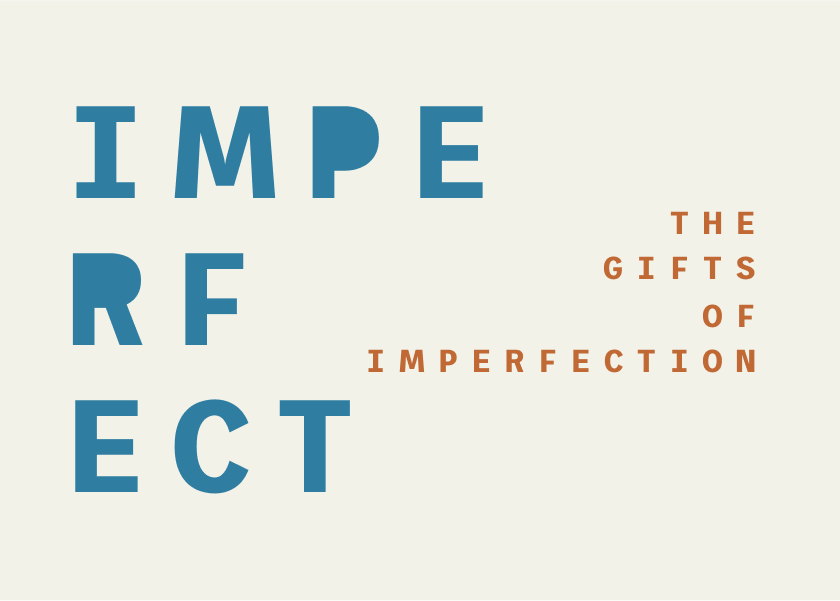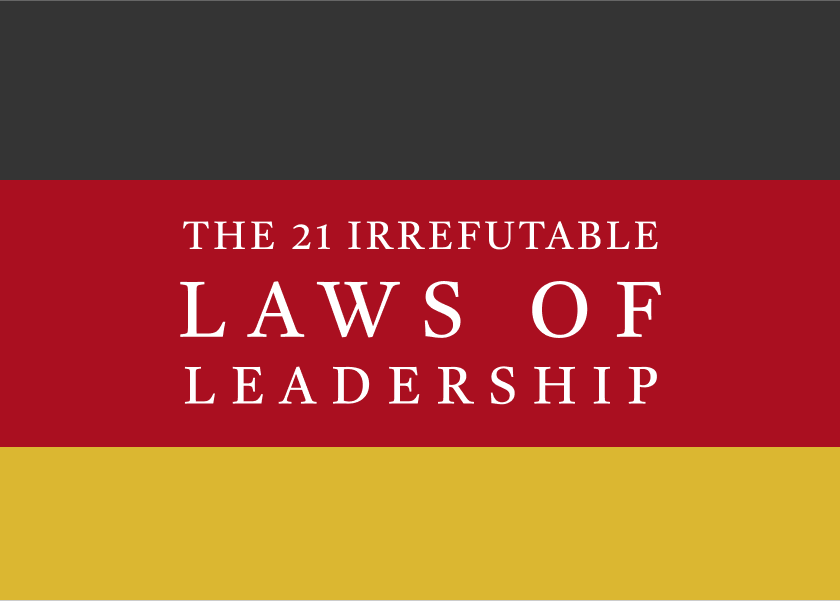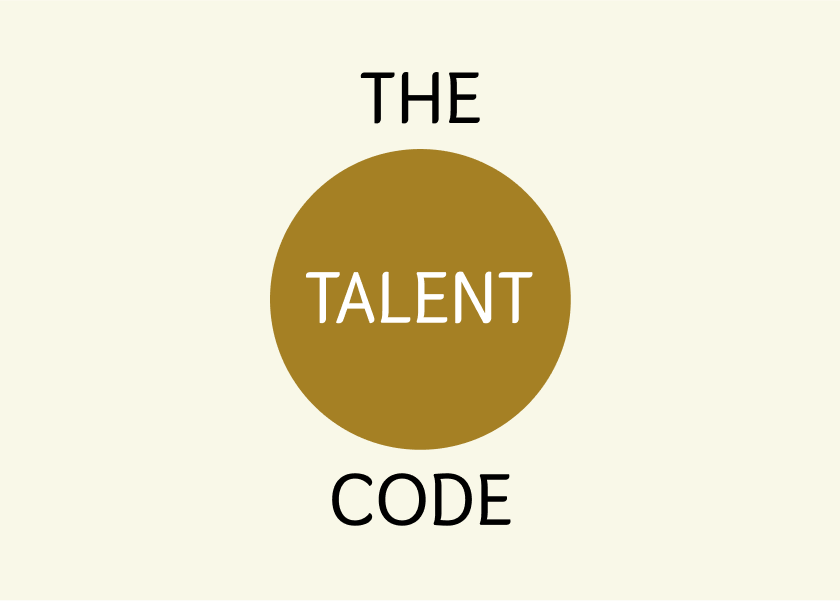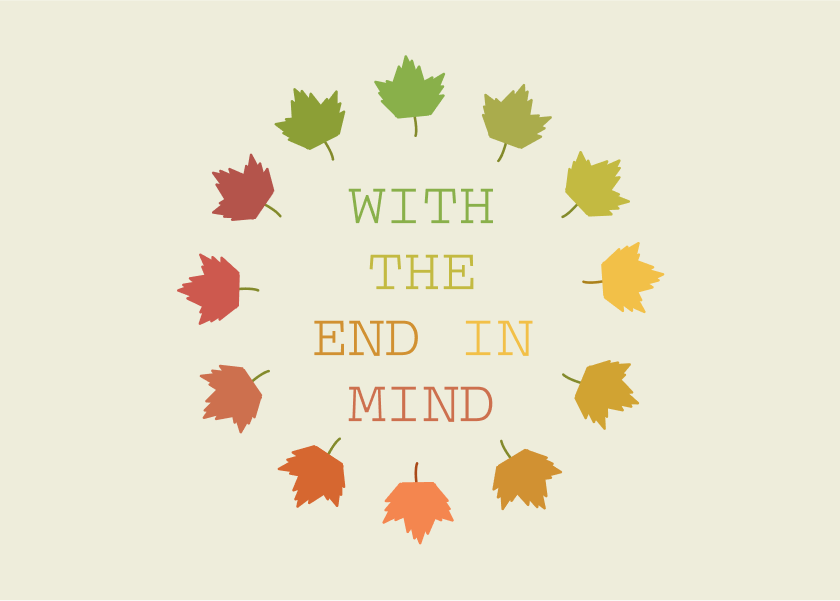How to Read a Book by Adler and Van Doren - Summary
Discover the art of reading beyond just passive consumption! Learn to dissect any text, find its core, and engage in a critical conversation with the author. This is more than reading, it's active learning, leading to a truly free mind!
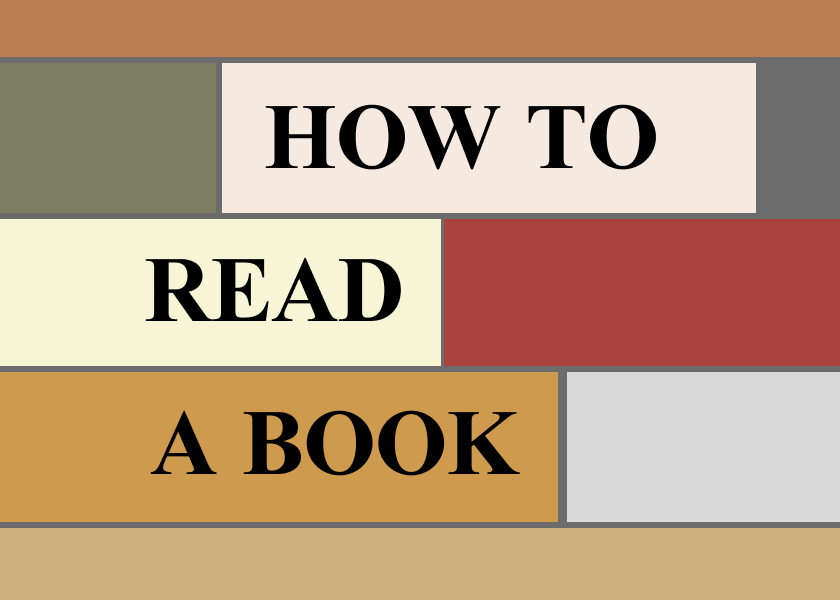
The following is a summary of the book How to Read a Book by Mortimer Adler and Charles Van Doren.
Listen to ShelfHelp's podcast summarising How to Read a Book.
Can You Really Master the Art of Reading?
Have you ever felt overwhelmed by the sheer volume of books and information available, unsure of how to truly engage with and understand what you read? Many of us read passively, skimming for information rather than actively learning and growing. How to Read a Book, by Mortimer J. Adler, addresses this very problem by providing a comprehensive guide to the art of reading, with a focus on how to approach the great books and become an active, critical reader. This book, a classic in its field, has remained popular since its initial publication, offering timeless advice on how to truly master the skill of reading. This article will provide a summary of this influential book and highlight the key lessons you can start using to transform your reading habits.
Table of Contents
- About the Author
- Who Should Read This Book?
- Key Insights and Themes
- Detailed Summary
- Review
- Actionable Takeaways
- FAQs
- Conclusion
About the Author
Mortimer J. Adler was a renowned philosopher, educator, and author, who was a champion of liberal education and the importance of reading classic works. He is well known for his work as chairman of the board of editors of Encyclopaedia Britannica and as the moving force behind the Great Books of the Western World collection. His expertise in the field of education and his commitment to intellectual growth make him a highly credible guide for anyone looking to improve their reading skills. How to Read a Book is the culmination of Adler's teaching and scholarship on the subject of reading, and it is informed by his experience in leading reading groups and teaching the art of reading.
Who Should Read This Book?
How to Read a Book is essential reading for anyone who wants to:
- Move beyond passive reading: If you find yourself skimming through books without truly absorbing the material, this book will show you how to engage with texts more actively.
- Improve comprehension: Those struggling to understand complex or challenging texts will find tools to dissect any book, no matter the difficulty.
- Read the Great Books: Anyone interested in delving into the classics of Western literature and philosophy will benefit greatly from Adler's guidance.
- Become a more critical thinker: The book provides the principles for engaging in meaningful conversations with authors by learning to assess arguments and critique ideas.
- Learn more effectively: Whether you are a student or a lifelong learner, the skills taught in this book are crucial for effective learning and intellectual growth.
Key Insights and Themes
Here are the key takeaways and main ideas from the book:
- Reading is an active process: It is not just about absorbing information but also about actively engaging with the text and the author's ideas.
- There are different levels of reading: Understanding and engaging with a text requires going beyond simply reading for information to understand what the author is trying to say.
- The importance of critical reading: Readers should not passively accept what they read but should actively critique the author's ideas and arguments.
- The value of the Great Books: The classic works of literature and philosophy offer the most profound and rewarding reading experiences because they can be read repeatedly with increasing profit.
- Three levels of reading: Adler outlines three types of reading: structural, interpretive, and critical which become habitual for an expert reader.
- Reading is a form of self-help: It can be a powerful tool for personal intellectual growth and breaking free from inadequate educational systems.
- Reading is a conversation: Reading should be seen as an engagement with the author, where the reader actively "talks back" to the text and questions its assertions.
Detailed Summary
The book is divided into three parts:
Part I: The Activity of Reading
- Chapter 1 - To the Average Reader: The book is aimed at readers who want to improve their skills and read more effectively. It emphasises that reading is a skill that can be developed.
- Chapter 2 - The Reading of "Reading": Distinguishes between different kinds of reading and emphasises that this book is focused on reading for understanding, not just information.
- Chapter 3 - Reading is Learning: Connects reading to learning, highlighting that it is an active form of learning and requires an elevation of understanding by the power of the reader’s own mind.
- Chapter 4 - Teachers, Dead or Alive: Establishes that books can be considered as "dead" teachers that readers can learn from. Great books are original communications from "primary teachers".
- Chapter 5 - The Defeat of the Schools: Discusses the failures of modern education in teaching the skills of reading and the need for self-help.
- Chapter 6 - On Self-help: Encourages readers to take responsibility for their learning through reading, regardless of their educational background.
Part II: The Rules of Reading
This section outlines the practical rules for reading actively and critically:
- Chapter 7 - From Many Rules to One Habit: Introduces the concept of three ways of reading—structural, interpretive, and critical—which should become a single habit for the expert reader.
- Chapter 8 - Catching on From the Title: Emphasises the importance of examining the "front matter" of a book (title, table of contents, preface) to understand its type and subject matter. This rule is key to the first way of reading, which concerns the structure of a book.
- Chapter 9 - Seeing the Skeleton: Details the rules for "structural reading":
- Classify the book by kind and subject matter.
- State the unity of the whole book in one or a few sentences.
- Outline the major parts of the book and their relation to each other and the whole.
- Define the main problems the author is trying to solve.
- Chapter 10 - Coming to Terms: Explains the first rule of "interpretive reading," which involves finding the important words in the text and determining their various meanings as the author uses them.
- Chapter 11 - What's the Proposition and Why: Introduces the next two rules of the interpretive reading of a book:
- Identify the most important sentences and the propositions they contain.
- Locate or construct the basic arguments by finding the connections of sentences.
- Chapter 12 - The Etiquette of Talking Back: Establishes that a third way of reading involves critical judgement and outlines three maxims:
- Do not begin criticism until you have completed analysis and interpretation.
- Do not disagree disputatiously or contentiously.
- Respect the difference between knowledge and opinion, by having reasons for any critical judgement you make.
- Chapter 13 - The Things the Reader Can Say: Outlines the four ways in which a reader can disagree with an author:
- The author is uninformed.
- The author is misinformed.
- The author is illogical.
- The author's analysis is incomplete.
- Chapter 14 - And Still More Rules: Explores how the rules apply differently to various types of books (practical vs. theoretical) and introduces the idea of 'extrinsic reading', which is the reading of books about a book.
Part III: The Rest of the Reader's Life
This section discusses the broader implications of reading:
- Chapter 15 - The Other Half: Generalises the rules of reading to apply to fiction and other forms of reading by outlining a few negative rules for fiction and providing four questions for reading anything.
- Chapter 16 - The Great Books: Explores the characteristics of great books and their role in an ongoing intellectual conversation.
- Chapter 17 - Free Minds and Free Men: Emphasises that reading the great books can help readers cultivate free minds and lead a life of reason.
Review
Strengths:
- Comprehensive: The book provides a detailed and comprehensive guide to the art of reading, from the structural analysis of books to a critique of its contents.
- Practical Rules: The book offers concrete rules and steps that readers can apply to any text.
- Emphasis on Active Reading: Encourages readers to move beyond passive consumption of information.
- Timeless Advice: The principles discussed in the book are applicable to reading any kind of book, and are relevant even today.
Weaknesses:
- Dense and Academic: The book can be challenging to read, especially for beginners who are new to the topic of how to read.
- Repetitive: Some concepts and rules are repeated throughout the book, which can be tedious for some readers.
- Limited discussion of fiction: The initial focus is on non-fiction works, and the discussion of fictional works is comparatively brief.
Actionable Takeaways
Here's how to apply the lessons from How to Read a Book in real life:
- Always preview the book: Before diving into a new book, take a moment to look at the title, table of contents, and preface. This will help you classify the type of book and its main purpose.
- Read Structurally: When reading a book for the first time, try to understand its structure by identifying the main themes, subtopics, and problems it addresses.
- Identify Important Terms: Be on the lookout for words that are used in a special way by the author, and try to understand the author's precise definitions for those terms.
- Mark key sentences: Use a pencil to mark or underline sentences that seem important or particularly hard to understand, and try to restate the proposition in your own words to make sure you have understood it.
- Find the Argument: Look for sentences that form an argument and try to tie them together to better understand the author's line of reasoning.
- Engage Critically: After reading a book, ask yourself if the author is uninformed, misinformed, or illogical. Don't be afraid to "talk back" to the book.
- Practice Regularly: The more you practice these skills, the more natural they will become, so set a goal of regularly applying these practices to your reading.
FAQs
- What is "How to Read a Book" about? "How to Read a Book" is a comprehensive guide to the art of active and critical reading. It outlines specific rules for analysing, interpreting, and critiquing any kind of book, especially the great works of Western literature and philosophy.
- Is "How to Read a Book" worth reading? Yes, "How to Read a Book" is worth reading for anyone who wants to improve their reading comprehension, engage with texts actively, and become a more critical thinker.
- How many types of reading does Adler define? Adler defines three levels of reading—structural, interpretive, and critical—which must be performed separately at the beginning of learning, and become one habit for an expert reader.
- What is structural reading? Structural reading is the first stage of reading a book, where you understand the book's main themes, subtopics, and how it is organised. It is concerned with knowing the kind of book it is, its unity, its parts, and the main problems the author tries to solve.
- What is interpretive reading? Interpretive reading is the second stage of reading and is concerned with understanding the language in the book, the important terms, the main propositions, and the major arguments in the book.
- What is critical reading? Critical reading is the third stage of reading, and it involves "talking back" to the author by evaluating what the author has written. It involves judging the validity and completeness of the author's ideas.
Conclusion
How to Read a Book is more than just a guide; it's an essential toolkit for anyone who wants to unlock the power of reading and become a more thoughtful, engaged, and knowledgeable individual. The book's timeless lessons will help you approach any text with confidence and improve your reading and learning. Start applying these tips now, and you'll be well on your way to becoming a master reader. Don't let another day go by passively consuming words; begin your journey to active reading today!
As an Amazon Associate, ShelfHelp may earn money from qualifying purchases. Needless to say, ShelfHelp only includes affiliate links to books we recommend and think are worth your time reading.
